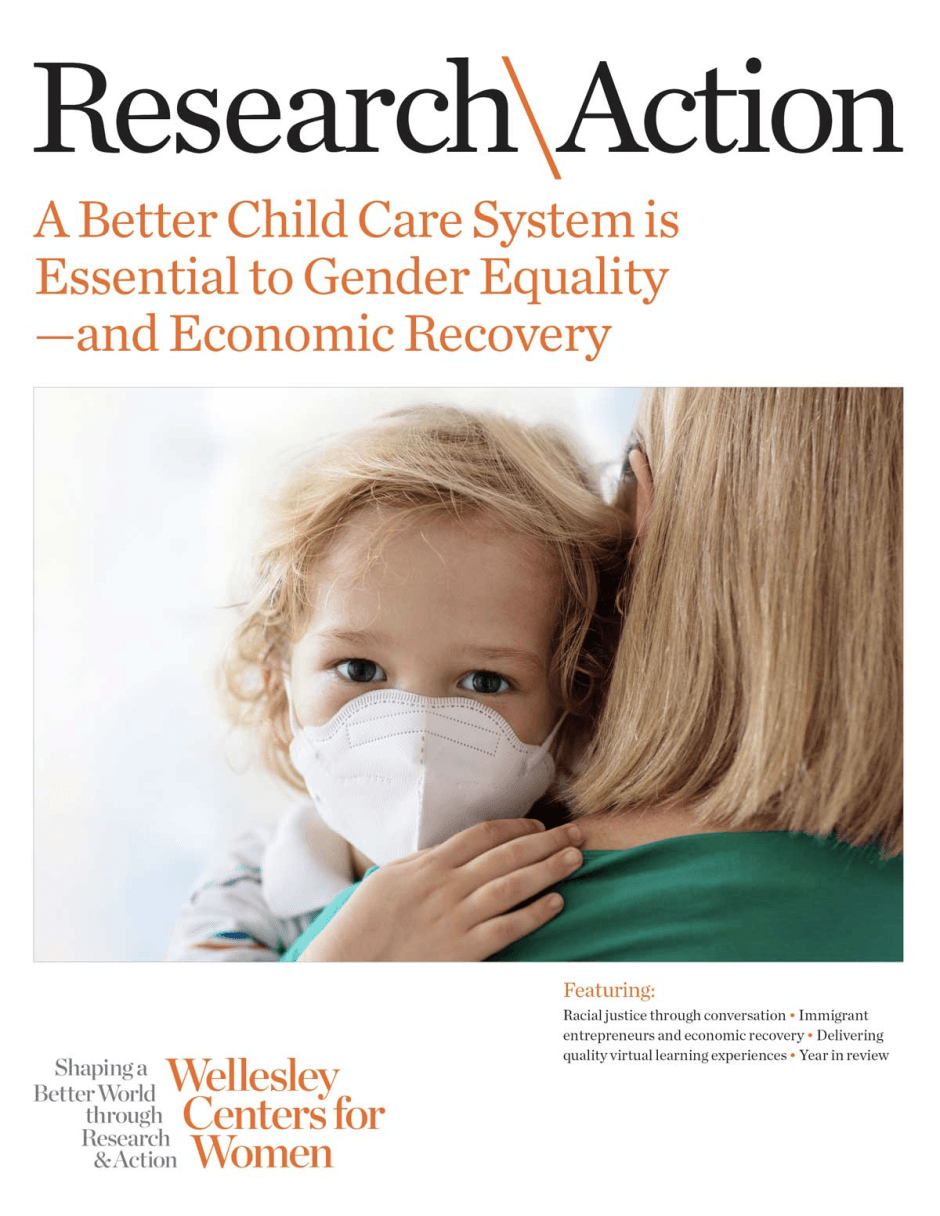 In August 2020, new federal regulations went into effect that govern how colleges and universities must respond to allegations of sexual misconduct on campus. These new regulations from the U.S. Department of Education on educational institutions’ response to sexual assault under Title IX have been the subject of considerable controversy and legal challenges.
In August 2020, new federal regulations went into effect that govern how colleges and universities must respond to allegations of sexual misconduct on campus. These new regulations from the U.S. Department of Education on educational institutions’ response to sexual assault under Title IX have been the subject of considerable controversy and legal challenges.
Notwithstanding these challenges, one thing is clear: sexual violence is widespread on today’s college campuses. The best evidence suggests that one in four or five college women and one in 16 college men experiences an attempted or completed sexual assault during their college career. A primary resource for students who experience sexual violence, as well as for those they may tell, is the college or university’s website. Yet the information available on websites varies widely and is often incomplete, as WCW Senior Research Scientist Linda M. Williams, Ph.D., Senior Scholar April Pattavina, Ph.D., and a team of co-investigators found while working on the project Responding to Sexual Assault on Campus, funded by the National Institute of Justice of the U.S. Department of Justice.
For a portion of the research, a team of trained undergraduate Wellesley College students reviewed 969 randomly selected college and university websites, beginning in January 2016. They examined the content each website provided related to reporting, investigation, and adjudication of sexual assault, looking at the material with a survivor-focused lens. Three percent of the websites contained nothing at all on sexual assault, and many others had significant gaps in information — raising concerns about the extent to which these websites could serve as a resource for students.
“A high-quality website is a critical part of a transparent, fair and equitable response to campus sexual violence,” said Williams. “It provides victims, those accused, and those working to support them with information needed to make decisions about reporting, self-care, and participation in investigative or adjudicatory processes. To be helpful, information must be accurate, complete, comprehensive, and easy to locate and understand.”
The research team developed a checklist to aid institutions in designing and maintaining user-friendly website content related to the prevention of and response to sexual violence. For example, they recommend including clear instructions on how to report an incident, including an online option for anonymous reporting, and a statement of confidentiality — how to request it, who will consider the request, and how it will be maintained. Victims should be advised on the option to notify law enforcement (or not), and provided with information about what happens after reporting and during an investigation. The website should also include a list of support resources available to victims and the accused, on and off campus; information about how adjudications, sanctions, and appeals work; and prevention and education materials.
“As colleges reassess their websites to ensure they comply with the new rules, we urge them to go above and beyond what is required, and consider making available as much information as possible about their procedures,” said Williams. “Even if students aren’t on campus this semester, incidents of online sexual harassment and stalking are likely, and students need to know how colleges will respond. Ensuring that they have complete, accurate information at the moment they need it is critical to ensuring a fair and transparent process.”


